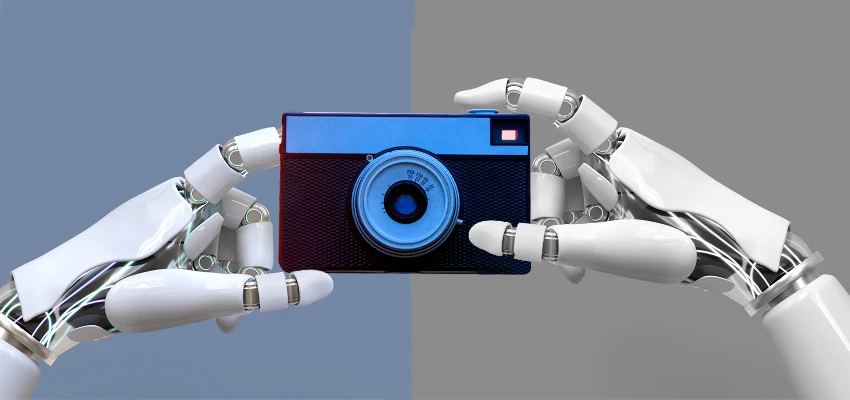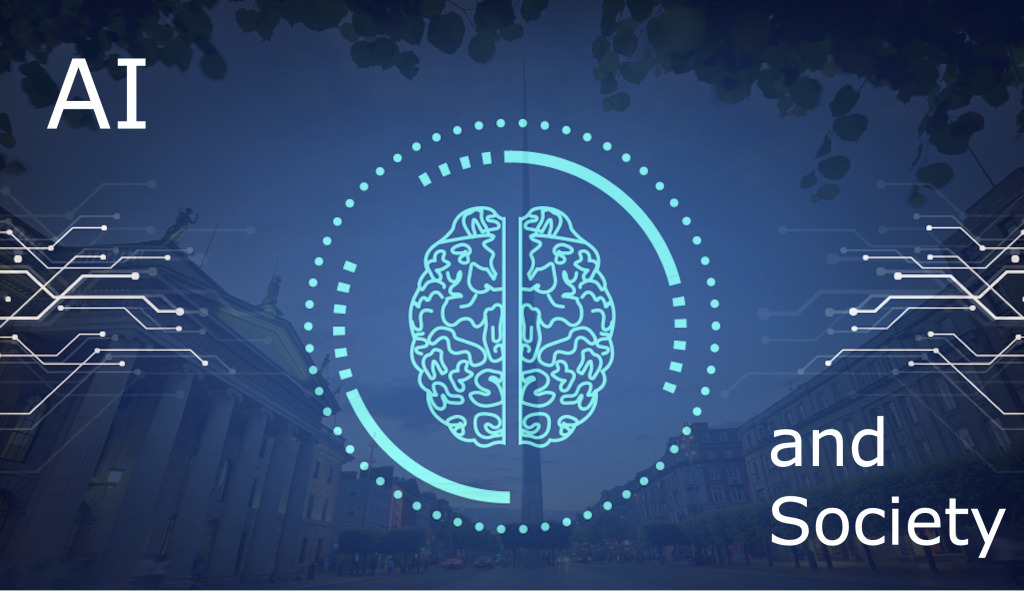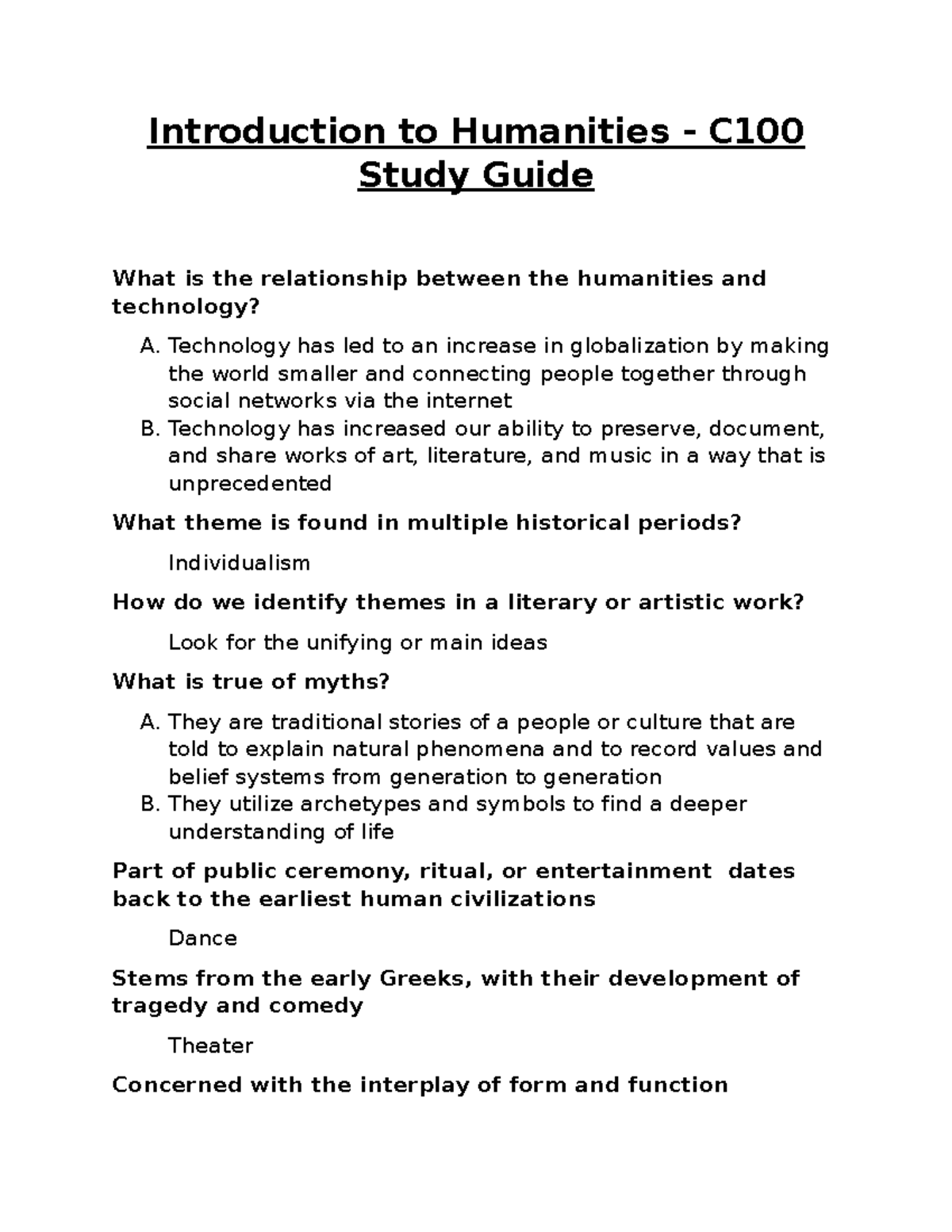AI in photojournalism is quickly transforming the landscape of visual storytelling, posing both exciting opportunities and daunting challenges. As the integration of AI technology and photography continues to evolve, it raises critical questions regarding the preservation of photojournalism’s integrity and legacy. With Emmy award-winning visual storyteller Kira Pollack leading innovative projects, there is a growing belief that AI can actually enhance the way we catalog and contextualize photojournalism archives. However, as artificial intelligence penetrates deeper into photography, it equally sparks concerns about misinformation and the authenticity of images. By understanding the impact of AI on photography, the industry can navigate this new frontier while safeguarding the core values of truth and memory.
The integration of machine learning and visual media has opened a new chapter in the realm of news and photo documentation, often referred to as visual journalism. This emerging field emphasizes the utilization of automation tools to manage and preserve visual content, raising a debate about the future dynamics of capturing reality. Projects such as Kira Pollack’s initiatives aim to harness AI capabilities to enhance the accessibility and richness of photojournalism archives. As we explore the influence these technologies wield on the craft, we must also consider their implications on viewer trust and the authenticity of images shared across platforms. It is imperative that the industry remains committed to preserving the essence of journalism while adapting to these technological advancements.
The Role of AI in Transforming Photojournalism
Artificial Intelligence (AI) is remarkably altering the landscape of many industries, with photojournalism being a significant area of transformation. The incorporation of AI technology and photography has sparked both innovation and concern among photographers and journalists alike. As generative models evolve, they challenge traditional practices by saturating the market with fabricated images, leading to issues of authenticity and trust. Yet, Kira Pollack, an advocate for ethical AI applications, illustrates that if guided correctly, AI can enhance the documentation and preservation of historical visual records, ensuring that vital moments are not lost to time.
In recent experiments, Pollack and her team tapped into the capabilities of AI to analyze complex images from significant historical events. The technology was not only able to categorize visual elements but also discern emotional contexts and happenings within the frame, which are essential components that often escape traditional metadata tagging. This potential to decode layered images makes AI a powerful tool for archiving photojournalism in ways that were previously unattainable, allowing for a more comprehensive understanding of visual narratives.
Challenges Facing Photojournalism Archives
Despite the transformative potential of AI, numerous challenges remain concerning the preservation of photojournalism archives. A significant concern revolves around the idea of archives being viewed as static or dusty boxes of the past. However, Pollack emphasizes that these archives are dynamic repositories that encapsulate the essence of historical narratives. With thousands of images, much of which remains unutilized, there is a strong need for advanced solutions to manage and contextualize these vast datasets effectively.
Moreover, as AI practices continue to evolve, ensuring ethical use has become paramount. The fear of unauthorized usage and machine learning training on copyrighted material raises urgent questions about ownership and authorship. Balancing the desire to innovate and preserve while protecting the rights of the creators is crucial. Pollack’s initiative aims to explore how AI can ethically unlock this wealth of material, which is at risk of being forgotten, ensuring these archives remain accessible and meaningful to future generations.
Preserving Visual Truth in the Age of AI
Faced with a wave of deepfakes and manipulated images, preserving visual truth has emerged as a pressing issue for the photojournalism community. The rise of AI technology can create photorealistic depictions without any grounding in reality, challenging public perception and trust in genuine visual documentation. Pollack’s work is centered on leveraging AI to serve rather than undermine visual integrity. By harnessing AI’s organizational skills, photojournalists can not only safeguard their work but also provide context and authenticity that may be lost in the crowded digital landscape.
Additionally, this preservation includes considerations of how AI tools could enhance storytelling in photography. By surfacing not only the images but the narratives behind them—factors like the emotions captured, the historical significance, and the context—they can reinforce the stories that these visuals tell. Pollack believes that marrying technological advancement with ethical responsibility can cultivate a healthier ecosystem for photojournalism, enabling it to thrive amid uncertainty while maintaining its core values of truth and memory.
Innovative Potential within AI-Driven Photojournalism
As AI continues to develop, its potential for innovation within photojournalism is vast and multifaceted. Tools designed to analyze and curate extensive archives can empower photojournalists to unveil stories that may have been overlooked, fostering a renewed appreciation for the visual history encapsulated in their work. Pollack’s ongoing research is focused on understanding how AI can efficiently categorize images while highlighting the importance of human narratives attached to them.
This transformative approach not only positions AI as a facilitator of discovery but also as a guardian of legacies. By embracing AI, photojournalists can leverage fresh insights to present their work in engaging formats that attract a broader audience. Such applications of cutting-edge technology can help revitalize interest in iconic reporting, including works held within photojournalism archives, ultimately shaping a brighter future for the profession.
Kira Pollack’s Vision for Ethical AI Practices
Kira Pollack’s role as a media fellow is pioneering the conversation around responsible AI practices in photojournalism. Her vision includes not merely surviving the disruptions brought by AI but thriving amid them by integrating ethical frameworks that prioritize the integrity of the medium. By collaborating with technologists and policymakers, Pollack aims to foster a dialogue that addresses the ethical dilemmas posed by AI in image creation and dissemination.
Her ambition extends beyond the immediate technological implications; it encompasses a broader, societal reflection of how AI frames and influences our understanding of history through photography. By embedding ethical considerations into AI’s deployment, Kira Pollack hopes to ensure that the core values of photojournalism—truth, authorship, and memory—are preserved, bridging the gap between tradition and modernity in a rapidly evolving digital landscape.
Defending Copyright and Ownership in the Digital Era
With the growing capabilities of AI in generating and manipulating images, defending copyright and ownership rights has become increasingly complex for photographers. As Pollack notes, there is a pressing threat to the rights of photojournalists whose work has been repurposed without consent for training AI models. This inappropriate use of proprietary content underlines the urgent need for robust frameworks that safeguard photographers’ rights in the age of machine learning and automated content creation.
Innovative approaches to copyright laws may need to evolve to reflect the realities of how AI engages with visual content. Pollack advocates for efforts that emphasize consent and transparency in AI’s utilization of photographic work. By establishing precedents that protect authorship while allowing for creative advancements, the industry can balance innovation with the necessary legal protections that honor the original creators of compelling visual narratives.
AI’s Impact on the Future of Visual Storytelling
The advent of AI technology in photography is reshaping the future of visual storytelling, offering unprecedented tools for engagement and creativity. As photojournalists look for ways to connect deeper with their audiences, AI can serve as a bridge to cultivate richer narratives that resonate across diverse platforms. By using AI to analyze audience engagement and preferences, photojournalists can tailor their storytelling to address relevant themes and emotional connections.
Furthermore, as Kira Pollack explores, employing AI doesn’t mean sacrificing quality or authenticity. Instead, it allows journalists to present their visuals and accompanying stories in more interactive and accessible formats. The challenge will lie in balancing this technological advantage with the need to uphold integrity and the fundamental principles that define powerful photojournalism, ensuring that the stories behind the images are communicated effectively.
Future Prospects of AI in Photojournalism Archives
Looking toward the future, the prospects of AI in photojournalism archives signal a transformative shift in how we engage with historical material. Pollack envisions a landscape where AI not only categorizes and organizes but also actively engages viewers by offering guided experiences through the vast visual histories contained within these collections. This may involve immersive technologies such as virtual reality which could bring archived moments vividly back to life, providing insight into their significance.
Such advancements promise to redefine how the public accesses and interacts with photographic legacies. However, as Pollack stresses, these innovations must be guided by ethical considerations that respect the nuances of storytelling and the rights of the original creators. As the technology continues to develop, striving for a harmonious synergy between AI capabilities and photojournalism’s core values will be essential for preserving not just the images, but the deep narratives that shape our understanding of history.
Engaging with the Photojournalism Community
Engagement with the broader photojournalism community is critical as we navigate the complexities brought about by AI technology. Kira Pollack emphasizes the value of collaborative discussions among photojournalists, technologists, and ethicists as they collectively work towards establishing standards and practices that honor both visual integrity and innovation. Hosting forums and workshops allows for shared learning experiences, ensuring that the voices of those impacted by these changes are heard and included in shaping how AI is utilized.
By fostering an inclusive dialogue, Pollack aims to empower the photography community to not only react to advancements but proactively influence the trajectory of AI applications. As photojournalists embrace technology, they are given an opportunity to redefine their storytelling methods and connect with audiences on deeper levels, enriching the cultural narratives they depict. In this united front, the photojournalism community can bridge gaps between technology, ethics, and artistry.
Frequently Asked Questions
How is AI technology being integrated into photojournalism?
AI technology is increasingly being integrated into photojournalism to assist photographers in preserving their archives, organizing images, and contextualizing visual stories. By analyzing vast datasets, AI can enhance the discoverability of important historical photographs and assist in cataloging them ethically, thereby serving the dual purpose of promoting creativity while safeguarding the integrity of journalism.
What are the potential risks of AI in photojournalism?
The potential risks of AI in photojournalism include issues of copyright infringement, misinformation, and the erosion of public trust as AI-generated images become more prevalent. As generative AI can create photorealistic images without a camera, it raises concerns about the authenticity of visual media and the legal rights of original photographers regarding their work being scraped for training AI models.
How can AI help preserve photojournalism archives?
AI can help preserve photojournalism archives by automating the organization and contextualization of images, making them more accessible to the public. This technology can analyze visual content and extract rich metadata that tells the story behind the images, ensuring that the critical work of photojournalists is not lost to time or overshadowed by emerging technologies.
What is the Kira Pollack AI project focused on in photojournalism?
The Kira Pollack AI project focuses on exploring how AI can be harnessed to improve the preservation of photojournalism archives. It investigates methods to ethically utilize AI for cataloging and enhancing the richness of visual narratives while maintaining the authenticity and rights of the photographers involved in creating the images.
What are the broader implications of AI’s impact on photography and photojournalism?
The broader implications of AI’s impact on photography and photojournalism involve a transformative shift in how images are created, distributed, and perceived. While AI poses existential threats regarding authenticity and ownership, it also presents opportunities for heightened creativity and better archiving practices that reinforce the core values of truth, authorship, and memory in visual storytelling.
How does AI influence the perception of war photography in contemporary media?
AI influences the perception of war photography by providing tools that can interpret and analyze complex images in sophisticated ways, thus enhancing the viewer’s understanding of the context and emotional weight of these photographs. This AI analysis can bridge gaps in narratives and offer deeper insights into the realities of conflict, all while raising concerns about the authenticity of images circulating in media.
What role do archives play in the future of photojournalism with AI technology?
Archives play a crucial role in the future of photojournalism by serving as essential repositories of visual history. With AI technology, these archives can be revitalized, allowing critical historical photographs to be made accessible and contextually enriched. This ensures that significant visual stories are preserved and recognized, providing a reliable reference point amid the challenges posed by misinformation and generative AI.
Why is it important to address ethical considerations in AI’s application to photojournalism?
Addressing ethical considerations in AI’s application to photojournalism is vital to protect the rights of photographers, maintain the integrity of journalistic practices, and safeguard the authenticity of visual media. Ensuring that AI is used responsibly helps prevent the exploitation of creators’ work while promoting trust and accountability within the realm of photography.
| Key Point | Details |
|---|---|
| AI’s Impact on Photography | AI presents both threats and opportunities for photography, specifically in photojournalism. While it can create realistic images, it also raises concerns about authenticity and copyright. |
| Challenges for Photojournalism | One major issue is the preservation of photojournalists’ archives. Many important images remain unseen, and current technology risks losing these valuable visual histories. |
| AI for Archiving | There is potential for AI to assist in cataloging and preserving archives, helping make them more accessible while protecting the rights of photographers. |
| Ethics of AI Use | The ethical use of AI involves ensuring that it does not replace the human element in photography but aids in reinforcing authenticity and visual truth. |
| Future Aspirations | The goal is to facilitate a dialogue between technology and photojournalism, ensuring that advancements in AI support ethical practices in preserving the narrative and history of photography. |
Summary
AI in photojournalism presents both challenges and opportunities for the industry. As discussed by Kira Pollack, AI’s impact can be profound; it threatens the authenticity of images while simultaneously offering innovative solutions for preserving the immense archives of photojournalists. It’s critical to harness AI responsibly to safeguard visual truth, authorship, and the historical narratives captured through photography. Moving forward, collaboration between technologists and photojournalists will be essential to ensure that AI enhances rather than undermines the integrity of photojournalism.


